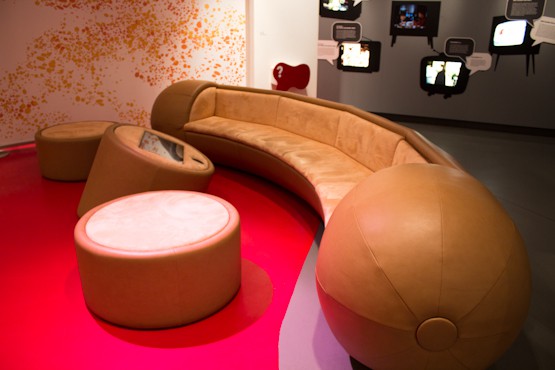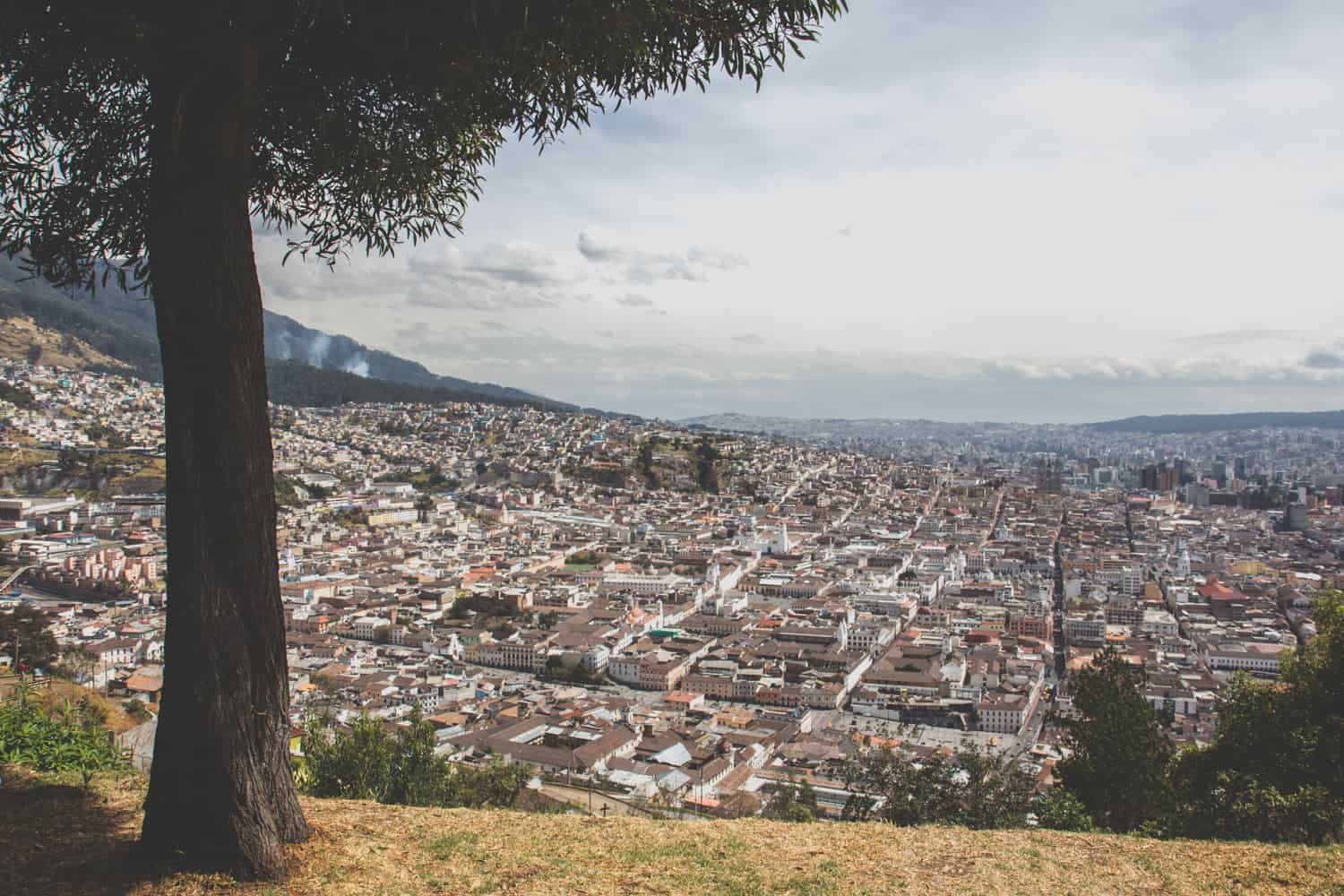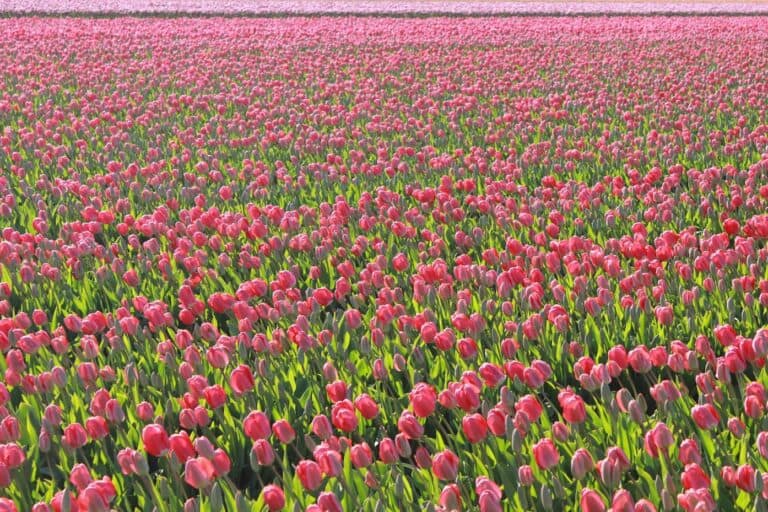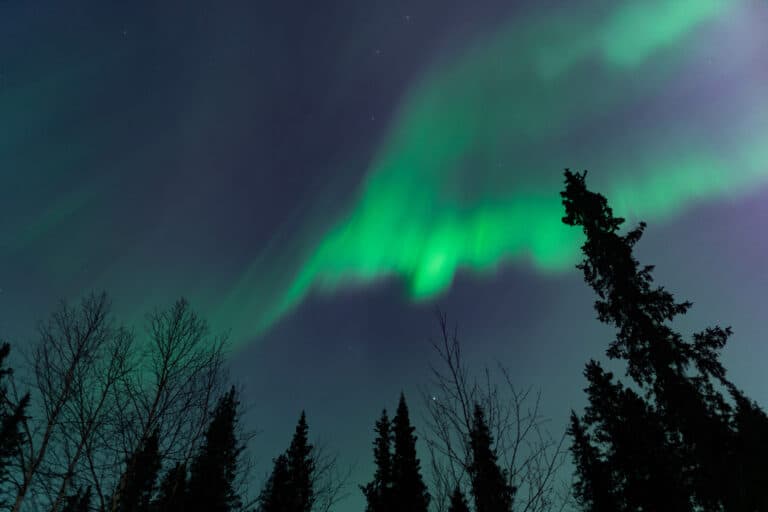Swabia & Swabians – 6 Great Things To Know
Let’s explore Swabia and Swabians. While many go to Germany and limit themselves to Brandenburg, the Swabia region offers a significant amount of culture, beauty, and fun. Located in Southwestern Germany, it consisted of 10 districts and 340 municipalities. It provides a range of stunning scenery, from the Neckar Valley and Rems River to the picturesque towns of Stuttgart, Ulm, and Augsburg. It is a region i love and that deserves more exploration, and we are outlining some great facts about it.
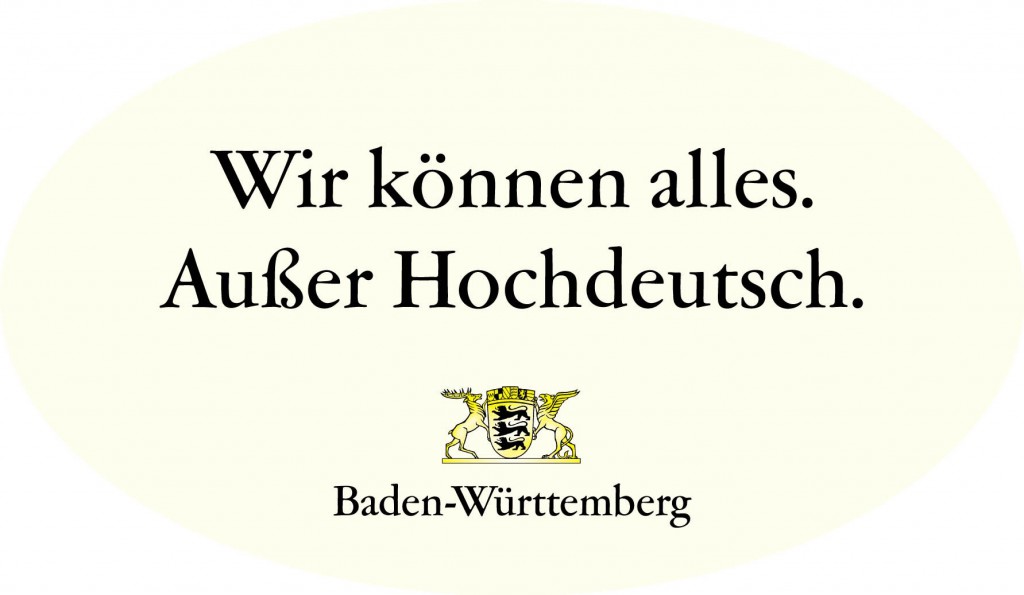
The Swabian Language – Schwäbisch
The Swabian dialect is distinctive, and even many Germans struggle to understand it. Part of the Alemannic dialect group, it is influenced by Switzerland, France, Liechtenstein, and parts of Austria. This mixture and variation of influences are demonstrated in how the language changes across the regions of Swabia – each having its twist on pronunciations, vocabulary, and expressions. The uniqueness of the language is, as it should be, a great sense of pride for Swabians. In recent years, a proactive effort has taken place to preserve, document, and promote these regional dialects. It is continuing to celebrate the linguistic diversity in the region.
The excellent local advertising campaign “Wir können alles. Außer Hochdeutsch” means: “We can do anything. Except (speak) High German.”
A Strong Contribution to the German Economy
While a relatively small area of Germany, the Swabian region profoundly impacts the German economy. Home to a large and robust industrial sector, particularly in engineering and manufacturing, the region is now known for its precision, quality, and craftsmanship. Notable, the city of Stuttgart is often referred to as the “cradle of the automobile.” Housing the headquarters for Mercedez Benz and Porsche. Alongside this, the region is home to several innovation hubs, pushing technological advancements in machinery, biotechnology, medical technology, and recently renewable energy.
There Are Many Famous Swabians
The region is home to many famous individuals, leaving a significant mark on their field. Most notable is Albert Einstein, born in Ulm, Swabian, who revolutionized physics and our understanding of the universe. Friedrich Schiller, from Marbach, was one of the leading German contributors to literature and philosophy with works like “William Tell” and “Don Carlos.” He is joined by Gottlob Frege and Georg Wilhelm Friedrich Hegel, who also contributed significantly to our modern logic and philosophy. You cannot mention Swabia without outlining the great impact of the Porsche family and Wilhelm Maybach, the “king of design,” changing the automobile industry forever.
The Wine Region
We can discuss history and culture, but who does not love a European wine region to explore? Vineyards spread across the Swabian Jura, Neckar and Rems river valleys are part of the larger Wurttemberg wine region. Providing a wide variety of grape types, Lemberger, Trollinger, Riesling, Silvaner, and Müller-Thurgau, a diverse range of wines can be explored and enjoyed. With this diversity comes some great areas to explore, such as wine villages such as Beilstein, Weinsberg, and Besigheim, with the region offering several large annual wine festivals to visit. Additionally, they have the great Württemberg Wine Road (Württemberger Weinstraße), which allows you to explore several vineyards and villages.
Festivals & Carnivals
When people think of German festivals, they primarily think of Oktoberfest in Munich; however, Swabia has a large amount of partying and festivals to offer. The Cannstatter Volksfests is the second largest beer festival in the world, following Oktoberfest, drawing crowds for its large beer tents and traditional music. For wine drinkers, Stuttgarter Weirndorf transforms the city center into a wine village, displaying the diverse range of wines previously mentioned.
In Esslingen, the great Onion festival takes over the medieval town square with unique onion decorations to celebrate the onion harvest. In Esslinger, you have the Bezner Apple Festival, which showcases the local apple harvest through food and cider tastings.
For the non-food and drink lovers, the great Kirchweih festival scatters itself across several Swabian towns, bringing processions, music, and carnival rides. Additionally, twice a year, the giant fun-fair Cannstatter Wasen takes over Stuttgart. The Swabian region also offers a tremendous open-air theatre in Scwabisch Hall and children’s celebrations like Laupheimer Kinderfest.
Hearty Cuisine
The Swabian cuisine offers rich traditional comfort foods, celebrated for its flavourful and hearty meals. Swabian cuisine reflects and celebrates local ingredients and traditions, promoting the local cultural identity.
Most famously, the Meaultaschen. Often referred to as Swabian dumplings, these are pasta pockets filled with minced meat, spinach, and herbs. Traditionally boiled or fried, this dish can be found across the region. Another staple is Spätzle, egg noodles usually served alongside meat or in various casseroles. It would only be a German cuisine with some slow-cooked meat; the Sauerbraten is a slow-cooked beef dish famed across the region.



